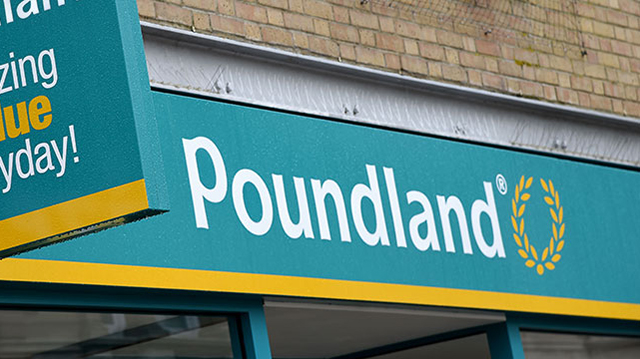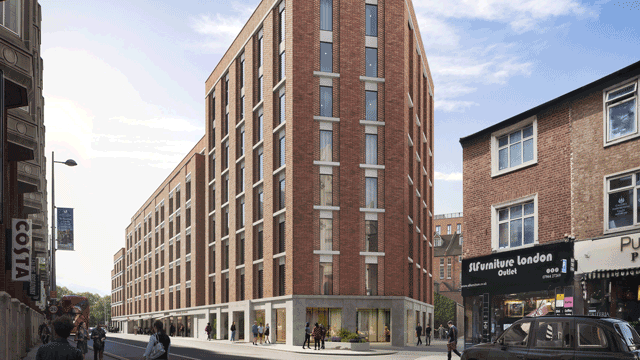A dearth of retail stock and growth prospects have attracted domestic and foreign players
Italy’s office market is not the sector that is enticing investors. Instead, all eyes are on retail.
Milan, Italy’s “second capital”, does not boast the equivalent of Paris’s La Défense, and offices tend to be small. Although there will always be investor and occupier interest in new projects on the edge of town, the office market is hardly making investors’ hearts beat faster. CB Richard Ellis’ second-quarter report on Italy acknowledges that, at best, Milan’s vacancy rate has been stable, with third-quarter figures more or less unchanged since this time in 2006. Milan’s central business district now has a vacancy rate of around 6%.
“Retail has really been the flavour of the market for the past year,” says Cordea Savills’ managing director for Italy, Gerardo Solaro del Borgo.
Pietro Malaspina, Sonae Sierra Italy’s managing director, agrees, saying: “There has definitely been more excitement about Italian retail. Compared to retail, office real estate has been moving at a rather slow pace in the past few years.”
Italian retail property accounts for 45% of the money being spent on real estate by both domestic and foreign investors, five percentage points more than the office sector, according to property consultant Scenari Immobiliari . There is an ever-increasing enthusiasm for retail assets and development projects. By this time next year, Italy is expected to be top of the European list of retail development pipelines, while investors bemoan the lack of prime class A office space in Italy’s main cities. Cushman & Wakefield recently moved director Stephen Screene from Amsterdam to Italy to focus on retail.
High-street retail properties, suburban and out-of-town retail developments have all been attracting investors because Italian retail suffers from a shortage of assets. Although the average density of shopping centres per inhabitant is improving, the Italian regions, particularly the south, still remain well below the national average. At the end of 2006, according to DTZ, both Calabria and Sicily still had less than 100 m2 per 1,000 inhabitants compared to the national average of 185 m2 per 1,000 people. In the north, the figure is 300 m2 per 1,000.
The retail market offers investors long-term stable rental revenues. Also, Italy does not attract too many asset-flippers or highly leveraged buyers. “The racier type of investor hasn’t really come to this market,” says Jones Lang LaSalle’s capital markets director for Italy Douglas Babington-Smith. “So the crunch has had much less impact on Italy than it has on other countries.”
German fund manager Degi, which owns retail property in Italy, recently teamed up with Irish Life Assurance to buy a shopping centre in Laurentino in Rome for €357m. The deal is a forward commitment rather than an outright purchase local developer Parsitalia will complete the scheme in 2010.
Foreign investors are spending as much as domestic investors on retail. Henderson recently launched its Italian retail-specific Fondo Azzurro vehicle, which has a €250m equity target and a 10-year lifespan. “We are long-term investors and we prefer to enhance the value of our assets,” says Henderson’s Italy head of property, Andrea Orsa.
Gross shopping centre yields are around 5.3% to 5.5%, according to DTZ, with factory outlet centres and retail parks going for around 5.7% to 6%.
But however attractive retail is and however many opportunities there are to unlock medium-term and long-term value – particularly in the south of the country – retail is still a tricky game. Those investing in Italy’s shops and stores need to proceed carefully.
“The phrase ‘when in Rome, do as the Romans do’ has more truth in it than many realise,” says an Italian fund manager working for an English investor. “It’s not ‘when in Rome, do as Londoners do’.”
Italy’s strength in manufacturing and the country’s push to promote all things Italian under the “Made in Italy” drive have opened up a chasm between international brands and domestic favourites. Although Italians tend to stick to some habits, such as their preference for the Bancomat debit card rather than the buy-now-pay-later credit card, they are changing other habits and going for international labels such as H&M, Mango and Zara rather than for home-grown big-brand labels.
Under the Inditex Group umbrella, Zara entered Italy after forming an alliance with the Benetton group in 1997. The fusion lasted just two years and Zara went on alone rather than alongside its rival retailer. During those two years, Zara did not actually open in Italy. But today, any new development requires either Benetton or Zara as an anchor tenant. Both are now battling it out.
Out-of-town, factory outlets are in the pipeline as investors look to capitalise on the desire for branded goods, even though the outlet culture really only began to take hold over the past five to six years.
City centre opportunities limited
Italy’s lack of good stock means that opportunities in the city centre are limited, prompting a slow but significant shift towards out-of-town retail development. Dutch developer Corio was not put off by southern Italy’s poor image as it bought and built six shopping centres worth €900m and totalling 90,000 m2, including the Campania centre outside Naples. Pradera has also targeted out-of-town investments through its retail funds.
At the very high end of the retail sector, Milan’s Via Montenapoleone and Rome’s Via Condotti and Via del Corso are shopping venues in their own right. “Streets such as Via Montenapoleone are very attractive for their low risk levels,” says Grosvenor Continental Europe research manager Béatrice Guedj.
Italian department store Rinascente and its mid-priced sister chain Upim have slowly been fine-tuned following their 2005 sale to Pirelli RE and the Borletti family for €888m. Under its previous joint ownership by the Agnelli group’s IFIL and French supermarket chain Auchan, Rinascente had already shed its food operations in 2004 and today Rinascente and Upim no longer tread on each others’ toes – enough space exists between the two models’ respective offers for both to succeed.
Rinascente is well-positioned in the Italian market, offering both tourists and locals the under-one-roof experience in the centre of town. The 90-year-old company has also opened up in less-visited cities such as Monza and Padua.
Demand for retail has far exceeded supply over the past four years, with yields now as low as they can go. Difficulties over restrictive planning laws and the north-south divide (see Development survey, p34) have been problems for decades, but are still putting some players off retail development.
A few people believe that perhaps Italy could return to an older model of medium-sized supermarkets positioned in town centres, rather than on the edge of cities.
One of the main issues for foreign investors looking for openings in Italian retail is that construction quality often does not meet the standards in their respective countries. But for now, and in spite of Italy’s low GDP this year, it seems that any retail investment will do – and often can be done at quite modest prices.










